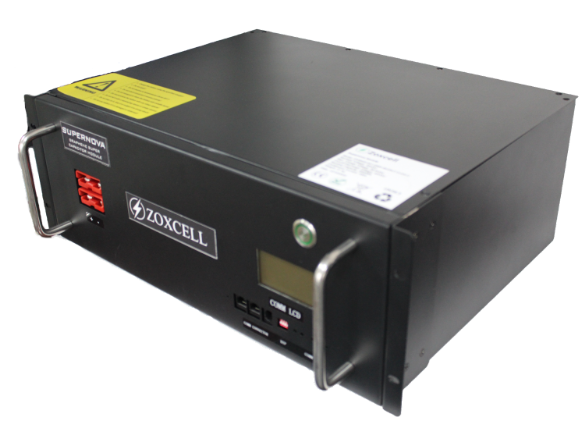The myths and reality of supercapacitors
Ultracapacitors or electric double-layer capacitors (EDLCs), are energy storage devices that have gained significant interest in recent years due to their unique characteristics. While they offer advantages over traditional batteries in certain applications, there are also some misconceptions about their capabilities. Let's explore the myths and realities of supercapacitor batteries
Myth: Supercapacitors are hazardous and can explode like batteries
Reality: Supercapacitors are generally considered safer than batteries due to their chemistry. They do not contain hazardous chemicals that could lead to thermal runaway or explosions. However, like any electronic component, improper handling or manufacturing defects could potentially lead to issues. Proper safety measures should always be followed when dealing with any energy storage system.

Myth: Supercapacitors are expensive.
Reality: The cost of supercapacitors has been higher compared to traditional batteries. However, as research and technology improve, the costs have been gradually decreasing. With advancements in manufacturing and increasing demand, the cost of supercapacitors is expected to become more competitive in the future.
Myth: Supercapacitors are only used in niche applications.
Reality: While supercapacitors were initially used in niche applications, their versatility and unique characteristics have led to broader adoption. They find use in various applications, such as regenerative braking systems in vehicles, renewable energy integration, consumer electronics, power backup solutions, and more.
Myth: Supercapacitors have an unlimited lifecycle.
Reality: Supercapacitors do have a higher cycle life compared to many conventional batteries, making them more durable for applications requiring frequent charge and discharge cycles. However, like all energy storage devices, supercapacitors also experience degradation over time, and their performance may decline with prolonged use.
Myth: Supercapacitors store energy like regular capacitors.
Reality: While traditional capacitors store energy electrostatically, supercapacitors use a unique double-layer capacitance mechanism. Their energy storage is achieved by the formation of an electrical double layer at the electrode-electrolyte interface, leading to increased capacitance and energy storage compared to regular capacitors.
Myth: Supercapacitors are not environmentally friendly.
Reality: Supercapacitors are generally considered more environmentally friendly than traditional batteries. Many supercapacitors use environmentally friendly electrolytes, and they often contain fewer harmful materials. However, their environmental impact can still vary depending on the specific materials and manufacturing processes used.
Myth: Charging a battery for an extended time will damage it.
Reality: Modern battery chargers are designed to prevent overcharging, which could damage the battery. With proper charging management, batteries can be safely charged to their full capacity.
In summary, supercapacitors and batteries have different strengths and limitations. Supercapacitors excel in high-power, short-duration applications. Both technologies play essential roles in various industries and applications, and advancements continue to be made in each area to improve their performance and efficiency.





